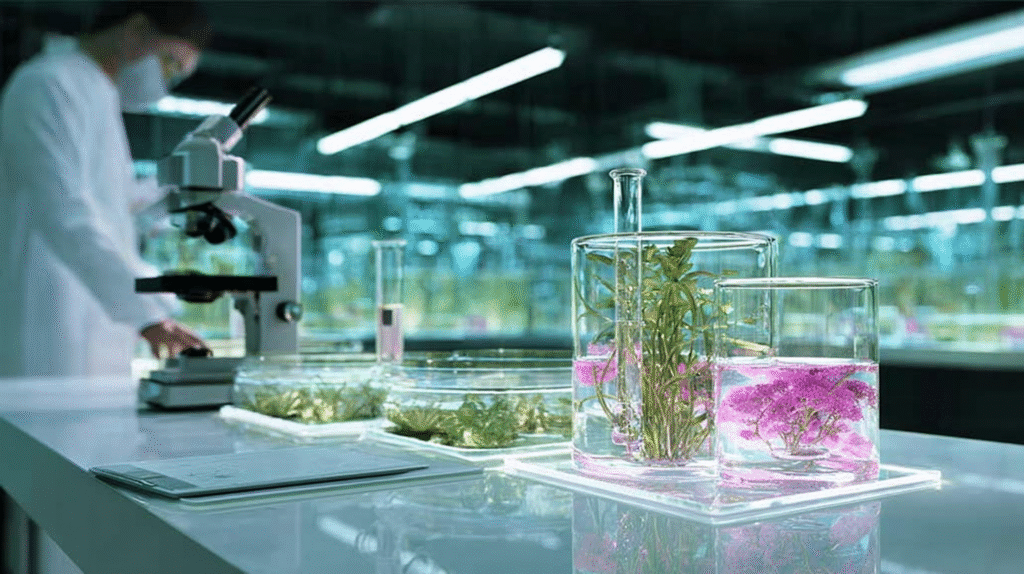A cutting-edge UK agri-biotech enterprise has landed a half-million-pound grant from a national innovation agency to pioneer what it calls “programmable plants”. The ambition? A low-cost, scalable method to reprogramme crops using naturally occurring microbes—no GM, no fuss, just clever biology.
At the heart of this venture is a familiar bacterium already in the field under the banner of a nitrogen-fixing product used around the globe. This microbe is remarkable: it can colonise plant cells, fix nitrogen and spur growth. But the new project is taking things a step further—leveraging the bacterium to deliver bioactive compounds directly inside the plant, enabling beneficial traits to be activated exactly where they’re needed.
The twist lies in transforming these microbes into miniaturised factories. Once inside plant cells, they can be engineered to produce molecules such as enzymes, peptides—or notably, double-stranded RNA (dsRNA). These dsRNAs can silence specific genes, whether in the plant, a pest, or a pathogen, effectively offering tailored resistance from the inside out. Think of it as a bespoke biological shield that’s flexible and fast.
What’s especially compelling is the agility of the system. Traditional approaches—like genetically modifying each crop variety for every new threat—are not only expensive but often impractical to roll out across dozens of cultivars. This microbial platform potentially lets farmers treat a variety of wheat, for example, with a single application—across multiple threats—with a delivery system that can be adapted seasonally, even weekly. In the event of a new disease outbreak or a novel pathogen variant, a matching microbial solution could be developed in weeks rather than years.
Beyond pest and disease resistance, the approach could bolster resilience against drought and heat, cut back on synthetic pesticide usage, and broaden protection without altering the plant’s DNA. That aligns brilliantly with the growing demand for sustainability and regulatory acceptance.
The research is being conducted across two major UK hubs—combining industrial know-how with academic expertise. From the microbe’s fermentation, formulation and application, right through to field trials, the aim is to deliver a practical proof-of-concept. Success could unlock follow-on funding and lead to real-world roll-outs targeting pathogens that currently have no effective controls. The team also plans to start working with regulatory bodies to shape a more enabling environment for such breakthrough biotechnologies.
In a nutshell, this project marks a big leap in pragmatically harnessing microbiology within agriculture. It’s a smart, flexible platform that promises to help crops cope with the unpredictable—whether that’s pests, disease, or increasingly erratic weather—without leaning on controversial or rigid genetic tools.
So, yes, “programmable plants” might soon become a reality, and—if all goes to plan—they’ll arrive as simple seed or crop treatments, powered by tiny microbes doing big work. Keep your eyes peeled; this could be the next wave of field-ready, climate-smart innovation.


